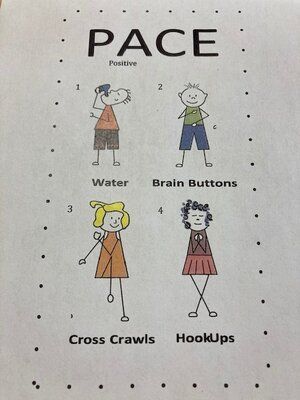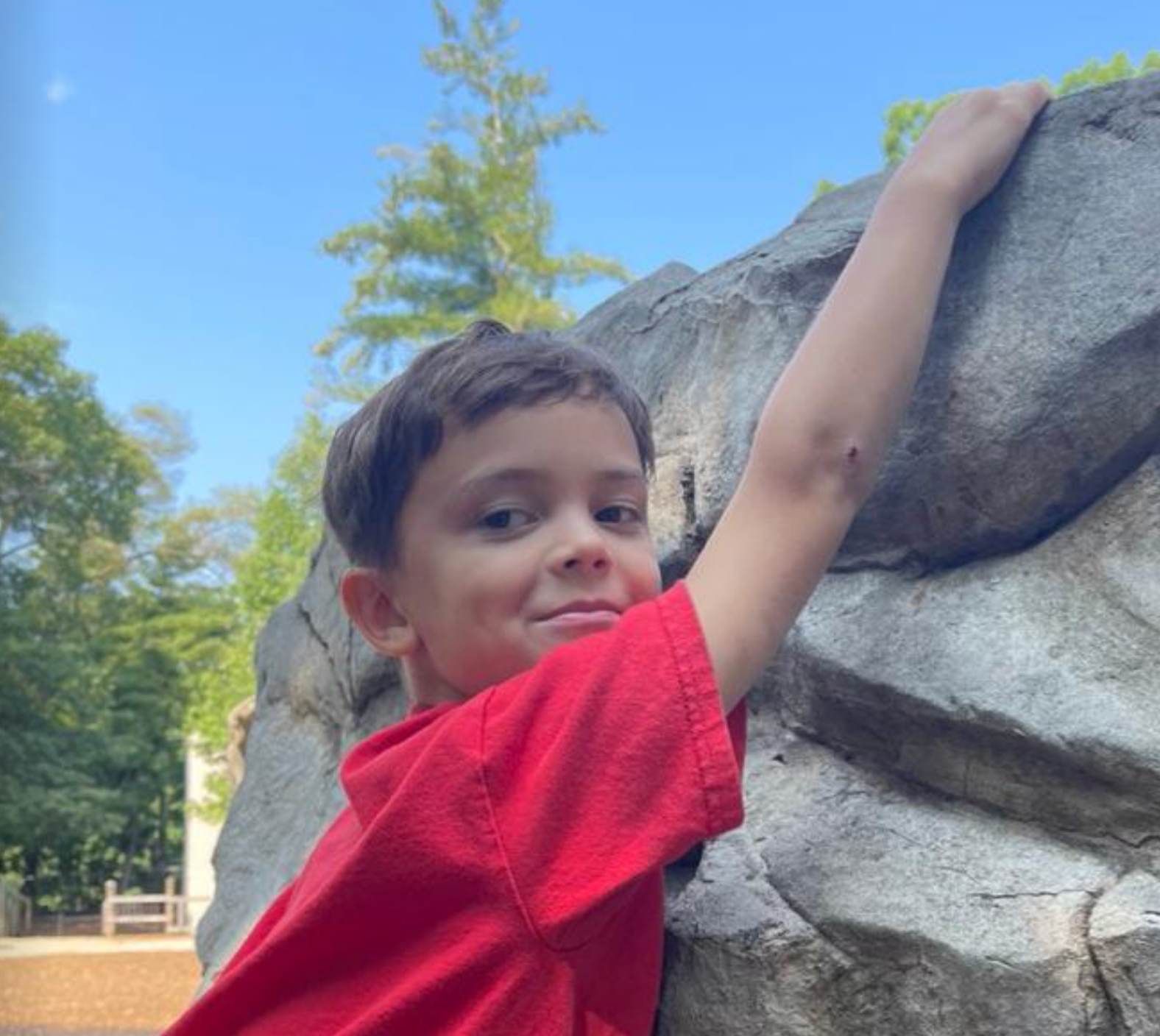What happens if we don’t see the development we expect
Parents are often understandably concerned if they don’t see the reading development they expect. Sometimes they were young readers themselves or an older sibling learned more quickly than a younger sibling. When it seems like a child isn’t quite in sync with what we expect, it can prompt a lot of anxiety.
It’s true that some children need a little more support to become fluent readers. When they arrive in the Elementary, we start by using a short, playful assessment to get a window into their reading development. Combined with teacher observation of reading and writing, and in collaboration with families, we might offer some extra support.
Extra support for readers in our school comes from Sandy Howard, who is always surrounded by the written word in the library. With emerging readers, she works on sound-symbol relationships (for example, knowing that “b” makes a /b/ sound). Through explicit, sequential instruction, Sandy invites readers to practice what they know and learn what they don’t yet. Importantly, since this is done one-on-one, it’s low-pressure and adapted to the learning style and pace of each child.

Second letter spoken, second tap on the arm. This time the tap is lower than the first position, on the elbow.
Sandy works with a student on “arm spelling” for those tricky sight words that don’t follow pronunciation rules in English! The student writes the word on the board and then she positions the word directly in front of the student so they can follow along spelling out the word aloud. First letter spoken, first tap on the shoulder.
Second letter spoken, second tap on the arm. This time the tap is lower than the first position, on the elbow.
Third letter spoken, third tap on the arm, in yet a lower position than the first two, on the wrist.
After all the letters have been spoken, they both say the word together with a final clap. This process is employed to help students build their memory (with physical movements) for these rule-less words.
Throughout any extra support offered, all of the adults in a child’s life stay in contact with one another, sharing observations and insights. By cooperating in this, we surround children with the joy of the written word. And with the right lessons, offered with trust at just the right time, children develop and flourish as readers.
As one of our alumni happily recalled to us recently, “I had trouble reading when I was in Lower Elementary. After working with Sandy, I can read and it’s my favorite thing to do!” She also added that her advice to anyone struggling is that they shouldn’t give up, “and just read!”
Programs
Connect
p. 616.451.8627
f. 616.451.0145
Main Campus
1110 College NE
Grand Rapids, MI 49503
Middle school
1723 Pettis Ave NE
Ada, MI 49301
Stepping Stones Montessori School
Stepping Stones Montessori School




